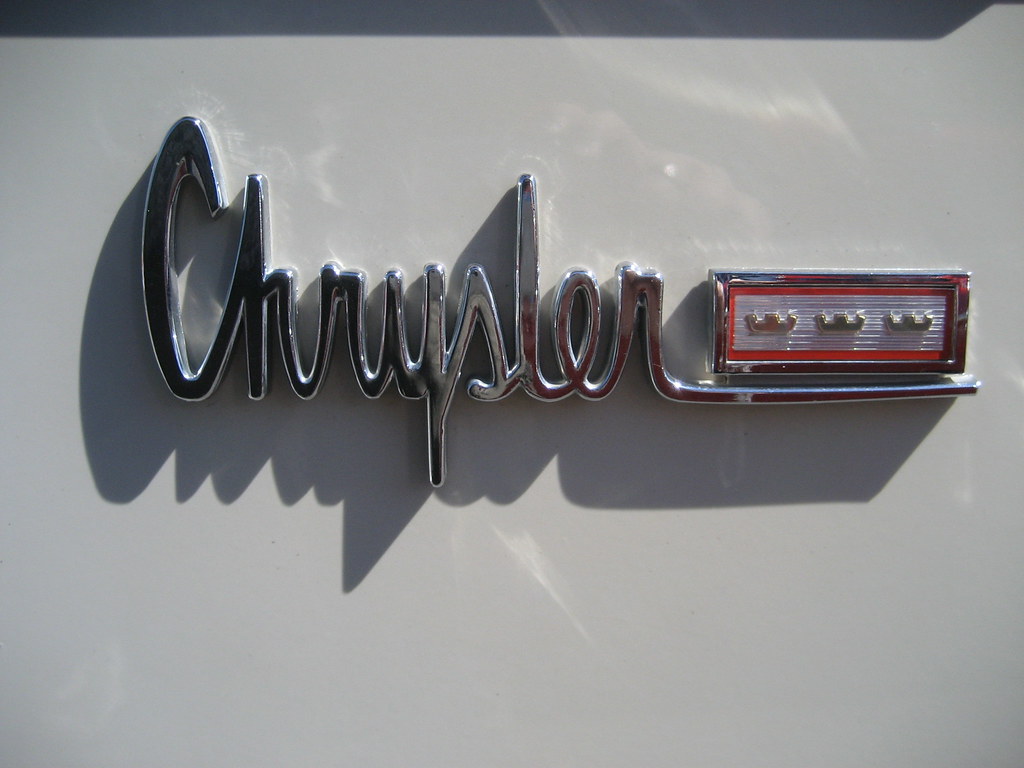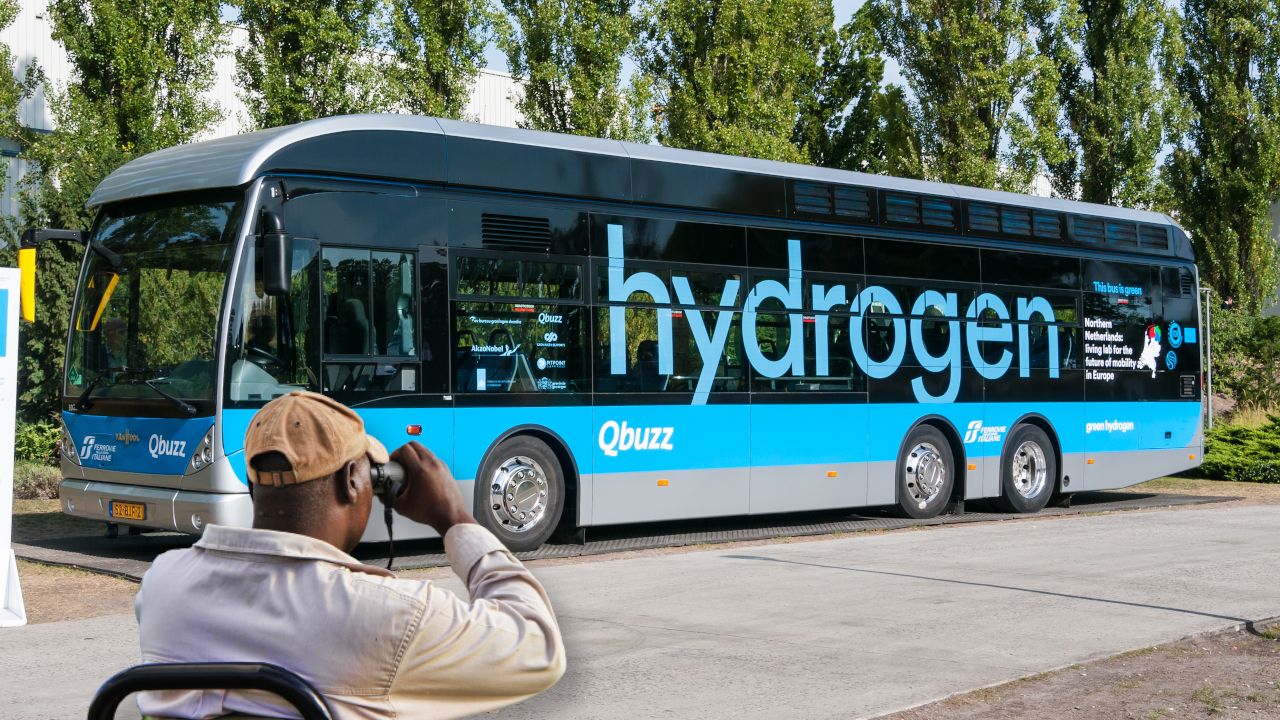
Hybrid vehicles have moved from being a niche environmental statement to a mainstream option for American drivers, capturing nearly 12% of new-vehicle sales in the first quarter of 2025. This significant jump from early 2023, where market share was up by about 4%, highlights a growing trend towards vehicles that offer better fuel economy without the full commitment to an all-electric model. While the tech is tried and tested, with hybrid propulsion technology nearly a quarter-century old, navigating today’s saturated market requires careful consideration and a clear understanding of what you’re really looking for.
Car shopping has certainly become more complex than it used to be. It’s no longer just about price and features; today’s buyers must also determine their preferred energy source to fuel their cars. With a wide array of hybrid configurations and a long list of features to keep an eye out for, the process can feel intimidating. However, by asking the right questions upfront, you can streamline your decision-making and ensure your new hybrid truly aligns with your lifestyle and priorities.
Before you dive into test drives and dealership negotiations, it’s crucial to pause and consider a series of pivotal questions. These inquiries will help you clarify your expectations, understand the nuances of hybrid ownership, and ultimately lead you to the best choice for your specific circumstances. We’re not here to list pros and cons, but to empower you with the insights needed to make an informed, confident purchase in a rapidly evolving automotive landscape.
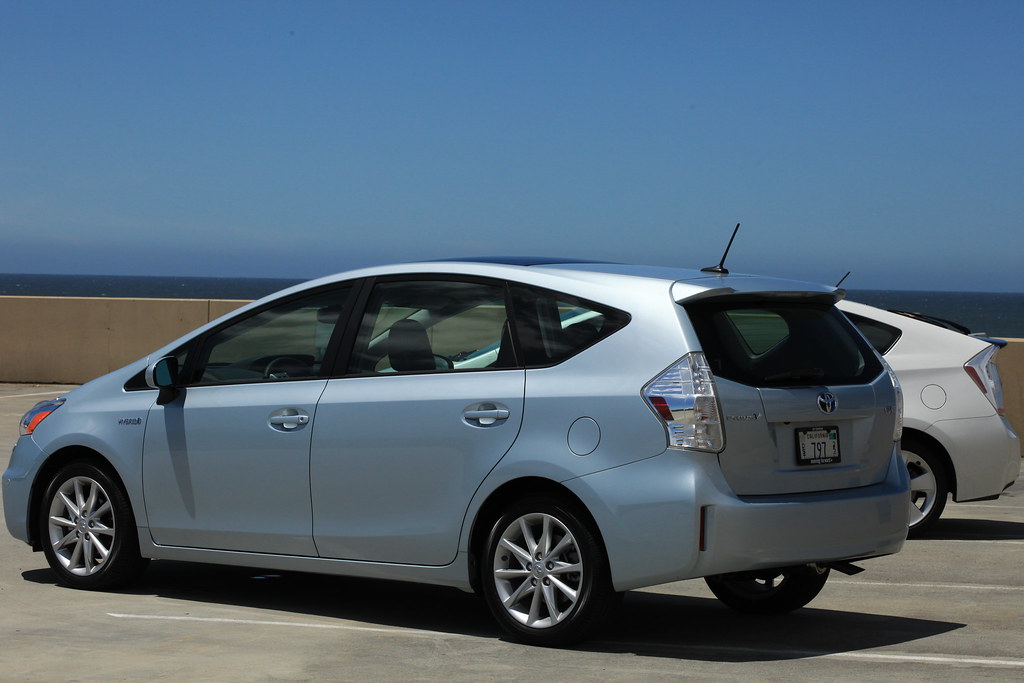
1. **What’s Your Core Motivation for Buying a Hybrid?**The very first thing to consider is what your motivation is for wanting a hybrid vehicle. This foundational question will dictate everything from the brands and models you seek out, to the features you prioritize, and even how much you’re truly willing to spend. Without a clear understanding of your primary driver, you might find yourself overwhelmed by the sheer volume of options available on the market today.
Perhaps you’re trading in a notorious “gas guzzler” because the costs at the pump have become too high. In this scenario, your motivation is primarily financial savings. You’ll want to meticulously “do some math to determine whether the potential gas savings justify the sticker price,” factoring in the difference in initial outlay versus long-term fuel expenditure. This involves looking closely at the fuel economy ratings and projecting your annual mileage to see a tangible return on investment.
On the other hand, your motivation might stem from a desire to “do your part in saving the planet.” If environmental consciousness is your primary driver, the up-front cost might be less of a concern, but you’ll certainly be “taking a closer look at eco-friendliness in multiple metrics.” This could involve researching how long a hybrid vehicle’s battery lasts, or even the manufacturing origin of your car, considering whether it’s “assembled in the U.S., like the 2025 Honda Accord and 2025 Toyota Camry,” and if its parts are domestically sourced.
Other powerful motivating factors could span a wide range of “must-haves,” such as superior comfort, sleek aesthetics, proven reliability, or cutting-edge advanced technology. It’s important to recognize that “not every hybrid on the market will deliver” on all these fronts. Therefore, clearly categorizing your motivations before you even start browsing what’s available is a critical step in narrowing down your choices and ensuring satisfaction with your eventual purchase.

2. **What’s Your Stance on Environmental Impact?**Whether you’re prioritizing a hybrid’s sustainable impact or other features, “the environment is part of the reason hybrid vehicles exist in the first place.” These vehicles represent a significant step that “could help reduce society’s reliance on fossil fuels,” offering a bridge between traditional gasoline cars and all-electric models. It’s a complex equation, though, as manufacturing “any new vehicle undoubtedly impacts the environment,” just as “driving an older vehicle that produces more pollution” does.
While we can’t definitively say you “should or shouldn’t buy a hybrid vehicle for environmental impact,” reflecting on your personal stance on this matter is crucial. Your individual values will help guide you toward the right hybrid and even influence your choice of manufacturer. For instance, some brands are actively pursuing initiatives that align with stronger environmental goals, such as “Volvo has plans for a U.S.-made hybrid,” which could offer both financial and environmental benefits by potentially “cut down on transportation costs.”
It’s also important to acknowledge the life cycle of a hybrid vehicle. “Hybrid batteries can and do die,” with lifespans “estimated at around 10 years.” This brings up the question of battery usage and the potential for recycling, which is a significant component of the “environmental equation.” Manufacturers are actively researching and developing solutions for “electric car battery recycling,” especially as earlier EVs reach the end of their service lives.
If minimizing your carbon footprint is a top priority, understanding these nuances and doing your research on a specific model’s overall environmental profile, from production to end-of-life, becomes paramount. A hybrid offers a tangible reduction in daily tailpipe emissions compared to a conventional gas car, but a holistic view of its ecological footprint will provide a more complete picture for the environmentally conscious buyer.

3. **Which Type of Hybrid Best Suits Your Needs?**When you envision a hybrid vehicle, chances are a Toyota Prius comes to mind, and you’re certainly “not alone.” However, the hybrid market has diversified significantly, offering consumers “tons of hybrid options” beyond the conventional image. Today, you can choose a standard “hybrid vehicle like a Toyota Prius C or Honda Accord Hybrid,” or delve into the world of “energy-efficient acronyms with a PHEV or MHEV.” Understanding these distinctions is fundamental to making an informed choice.
A traditional “hybrid electric vehicle uses multiple power sources to move,” typically combining “a gasoline engine and an electric motor.” The key characteristic of this type, often referred to as an HEV, is that “you can’t plug in this type of hybrid.” Instead, its electric motor draws energy from an onboard battery that is “charged by the gasoline engine and by regenerative braking,” working in tandem to deliver “better MPG than a gasoline-only version” of a comparable car.
“Plug-in Hybrid Electric Vehicles (PHEVs), on the other hand, use a similar system as a hybrid electric, but can also be plugged in to charge.” These vehicles, like the “Prius Prime, Hyundai Tucson Plug-In, Ford Escape PHEV, [and] Jeep Wrangler 4xe,” feature larger batteries that allow them to “travel at highway speeds on electric power alone,” often for “20 to 30 miles of EV use” before the gasoline engine activates. This offers the flexibility of electric-only commuting with the reassurance of a gas engine for longer trips.
Beyond HEVs and PHEVs, there are other variations. “Range-Extended Electric Vehicles (REEVs),” for example, “primarily use an electric motor (and plug in to electricity) but use gas engines or generators as backup.” Then there are “Mild Hybrid Electric Vehicles (MHEVs),” which utilize “electric motors for a boost, but can’t run only on electricity.” “Knowing these definitions can help you make the best buying decision for you,” ensuring the hybrid technology you choose truly matches your driving habits and expectations for fuel efficiency and range.
Car Model Information: 2025 Alfa Romeo Stelvio Sprint
Name: Toyota Prius c (NHP10)
Caption: Pre-facelift Toyota Prius c (Australia)
Manufacturer: Toyota
Aka: Toyota Aqua
Production: unbulleted list
ModelYears: 2012–2019 (US)
Assembly: unbulleted list
Class: Subcompact car
BodyStyle: hatchback
Layout: Front-engine, front-wheel drive layout
Platform: Toyota B platform
Related: Toyota Vitz (XP130)
Engine: unbulleted list
Transmission: Continuously variable transmission
Drivetrain: Hybrid vehicle drivetrain#Power-split or series-parallel hybrid
Battery: kWh,nickel–metal hydride
Wheelbase: 100.4 in
Abbr: on
Order: flip
Length: convert
Width: unbulleted list
Round: 5
Height: 56.9 in
Weight: convert
Successor: unbulleted list
Categories: 2020s cars, All Wikipedia articles in need of updating, All articles containing potentially dated statements, All articles needing additional references, All articles with unsourced statements
Summary: The Toyota Prius c (c stands for “city”), also known as the Toyota Aqua (Japanese: トヨタ・アクア, Hepburn: Toyota Akua); “aqua” is Latin for water) in Japan, is a full hybrid gasoline-electric subcompact/supermini hatchback manufactured and marketed by Toyota. The Prius c is the third member of the Prius family, and combines the features of a Yaris-sized car with a hybrid powertrain. The Prius c is priced lower than the conventional Prius and has a higher fuel economy in city driving under United States Environmental Protection Agency test cycles. The Prius c was ranked by the EPA as the 2012 most fuel efficient compact car when plug-in electric vehicles are excluded.
Toyota presented the production version of the Aqua at the 2011 Tokyo Motor Show; presented the U.S. Prius c at the January 2012 North American International Auto Show in Detroit, and launched the Aqua in Japan in December 2011 at a price of ¥1.69 million (US$21,700). Sales in several Asian markets began in January 2012. The Prius c was released in the U.S. and Canada in March 2012. Sales in Australia and New Zealand began in April 2012.
The Aqua is considered the most successful nameplate launch in Japan in the last 20 years. As of January 2017, the Aqua/Prius c is the second most sold hybrid of Toyota after the regular Prius, with 1,380,100 units sold worldwide. Japan as the market leader with 1,154,500 units sold through January 2017. The Aqua was the top selling new car in Japan for three years in a row, from 2013 to 2015.
The Prius C was discontinued in North America at the end of the 2019 model year. It was also discontinued in Australia in early 2020.
Get more information about: Toyota Prius C
Buying a high-performing used car >>>
Brand: Toyota Model: Prius C
Price: $54,000 Mileage: 889 mi.
Read more about: 14 Top New SUVs and Crossovers to Watch in 2025-2026: Your Guide to the Future of Driving
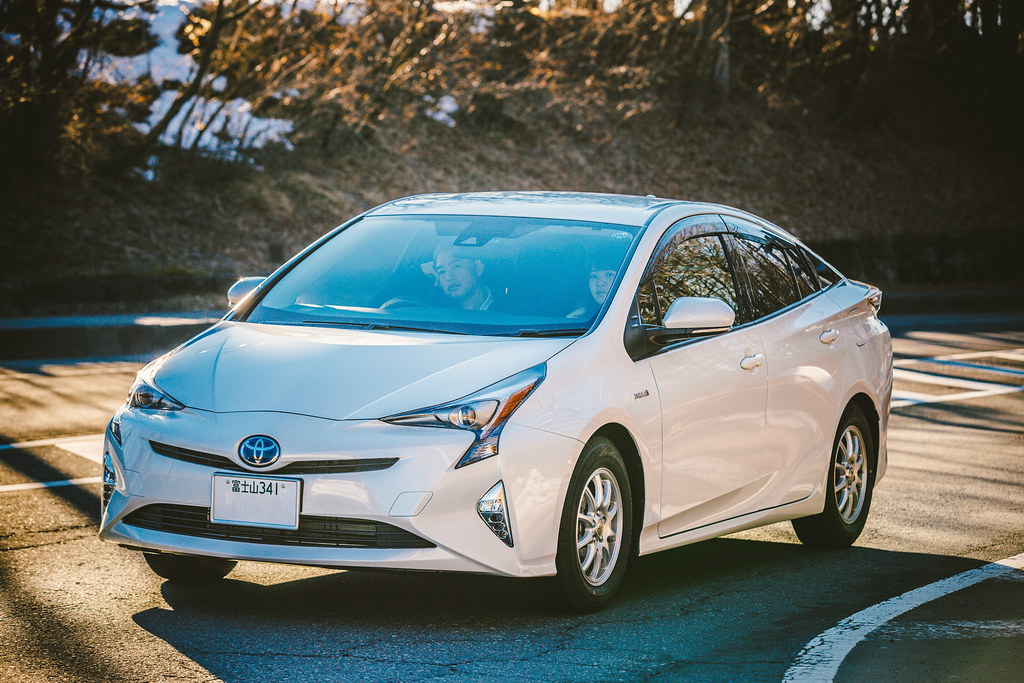
4. **Are You Prepared for the Unique Hybrid Driving Experience?**Driving a hybrid for the first time can be a surprisingly different experience. While “in many ways, a hybrid vehicle can feel a lot like a standard gas vehicle” in terms of handling and overall power, there are subtle yet significant differences that might initially catch you off guard. The most frequently cited surprise is “the lack of engine noise,” especially when the car is operating solely on electric power. This quiet operation can be so pronounced that, as one driver noted, it made them “think the vehicle wasn’t on — and I’ve been known to forget to hit the power button to shut the car off when parking.”
The auditory landscape of a hybrid is distinct. You might need a few test drives to “familiarize yourself with the noises a hybrid car makes,” which can range from “no noise at all to a light humming sound while running on electric only to a whirring at seemingly random times” as the different power sources seamlessly engage and disengage. This transition can be a learning curve for drivers accustomed to the consistent rumble of a gasoline engine, but it’s a characteristic that many hybrid owners come to appreciate for its tranquility.
Beyond the sound, hybrids often introduce new driving modes and features that influence performance. “Some hybrids (like the Prius) also have a selection of buttons to choose from: power or eco-friendly mode.” It’s highly recommended to “research the car you’re considering to figure out how to use those features during your test drive,” allowing you to experience how they alter the vehicle’s responsiveness and fuel economy. For example, “Eco mode, which aims to optimize fuel efficiency, means that stomping on the gas pedal won’t get an immediate response; slow acceleration helps the car sip on, rather than guzzle, gasoline.”
Another key difference is in braking. While traditional cars use “engine braking in some situations,” in a hybrid, “regenerative braking is the default,” and the car is “essentially programmed to recycle that energy.” This system converts kinetic energy back into electricity to recharge the battery, and its feel can be slightly different from conventional braking, often feeling smoother or more immediate. Understanding and adapting to these subtle shifts in the driving experience will ensure a more comfortable and intuitive transition to hybrid ownership.
Read more about: The Costly Truth: 15 Vehicles Owners Deeply Regretted Driving Off the Lot
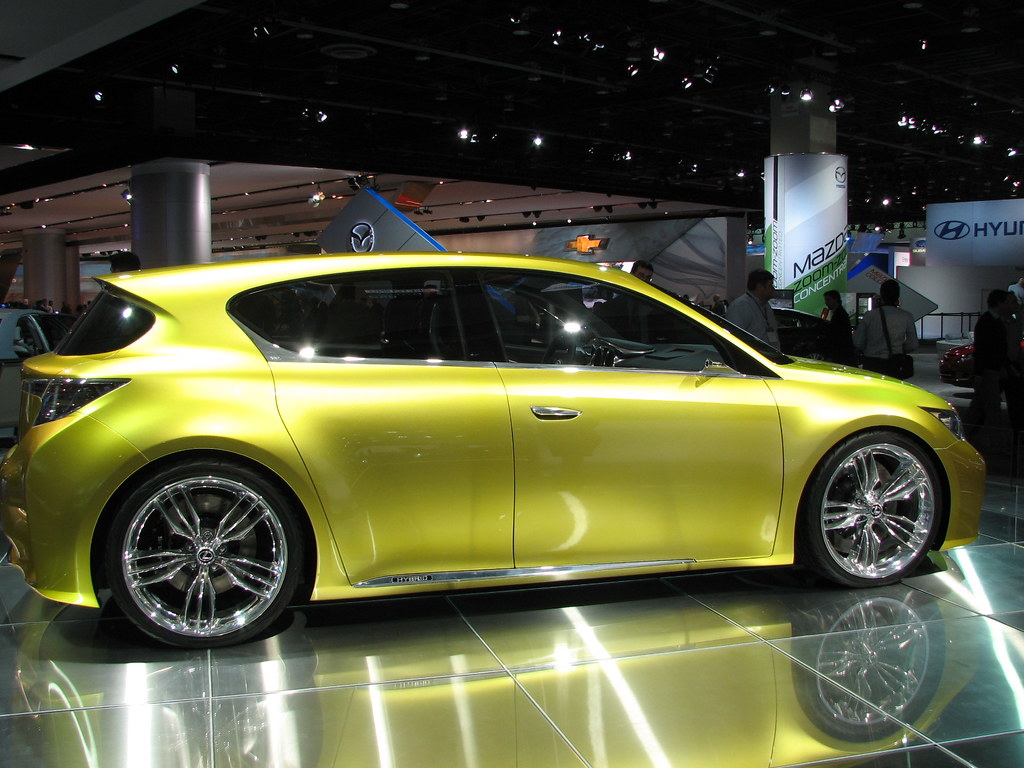
5. **Have You Conducted a Comprehensive Cost-Benefit Analysis?**Finances are undeniably a significant factor when buying any car, and “buying a hybrid” is no exception. However, a “true cost-benefit comparison involves more than sticker prices.” It requires a deeper dive into ongoing expenses, potential savings, and the long-term value proposition of hybrid ownership. Depending on the vehicle, its mileage, your energy needs, and a myriad of other variables, the financial picture can “skew either way,” making thorough research indispensable.
Consumer Reports suggests that, “in general, over five years of ownership, a plug-in hybrid has the potential to save you more money than a hybrid” when both are benchmarked against the expense of a gas-powered car. Furthermore, “hybrid SUVs with the best fuel economy outcompete their gas-powered counterparts by as much as 15 combined MPG,” illustrating substantial potential savings at the fuel pump over time. These figures underscore the importance of looking beyond the initial purchase price to the total cost of ownership.
Don’t forget to factor in “add-ons in your cost-benefit cross-check.” For instance, the “Prius Prime has a roof solar package option,” though it’s typically “only available on the Prime XSE Premium — the most expensive Prime in Toyota’s 2026 model year lineup.” While the “$610” solar roof “could add about four ‘free’ miles to your range each day,” MotorTrend determined it “could take five years for the solar panel to pay for itself.” Such detailed considerations are crucial for assessing the real value of optional features.
“Maintenance is also a consideration, from regular upkeep to charging.” For hybrids that can operate as electric-only, ownership can sometimes be more expensive, “especially with a home charging setup.” While “the most reliable plug-in hybrid cars could minimize your long-term expenses,” thinking through these potential costs will provide a much clearer financial picture. Even routine servicing for a hybrid, while “roughly comparable with a petrol-engined vehicle,” can vary by make and model, necessitating a review of “capped-priced service schedules” and specific cost breakdowns to avoid surprises.
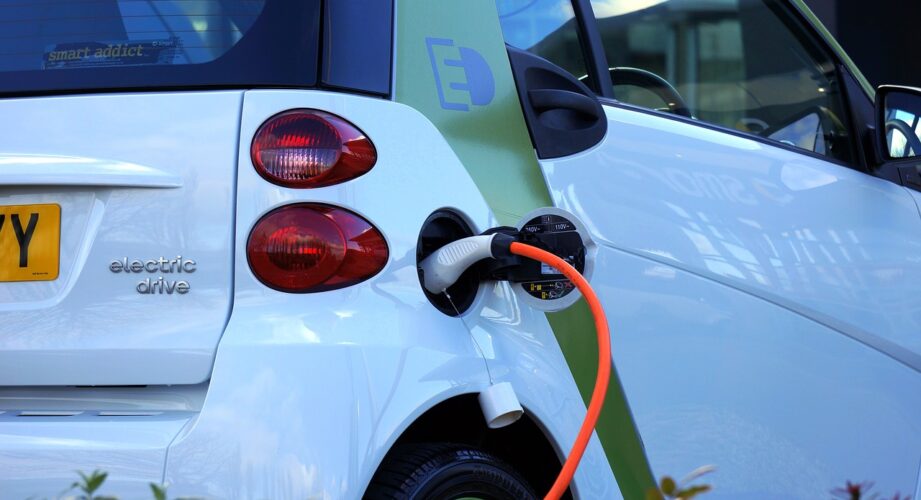
6. **Is the Charging Infrastructure Adequate for a Plug-in Hybrid?**For consumers weighing the benefits of a plug-in hybrid electric vehicle (PHEV), “a significant factor… is the availability — or lack thereof — of charging infrastructure.” While PHEVs offer the flexibility of both gasoline and electric power, maximizing their efficiency and cost savings heavily depends on convenient access to charging. Even if “electricity costs might be low compared to gasoline prices in terms of cost per mile,” this calculation can vary widely based on “local gas prices, energy costs per kilowatt hour, and infrastructure” in your specific area.
A hybrid car can feel like a safer alternative when public “charging stations are few and far between” because you always have the gasoline engine as a backup. However, if you opt for a PHEV, you’re essentially paying for the capability to drive on electricity for “20 to 50 miles or so” in “EV-only mode.” If you have “no charging infrastructure where you live,” or if charging regularly proves to be an inconvenience, “you won’t get the maximum energy benefit with that model, and might end up paying more than you would for a true hybrid” in terms of fuel costs.
Consider your daily driving habits and access to charging points. Many PHEVs, such as the “Prius Prime, can run on gas or electricity, making it easier to get energy wherever you go.” This dual-fuel capability is a key advantage, especially compared to pure electric vehicles that can leave drivers “sitting in parking lots for an hour or more to get their car charged up enough to make it home.” The ability to switch to gas offers convenience and range anxiety relief.
However, the convenience of switching to gas might also mean “that you don’t reap the full benefits of the plug-in feature” if you consistently neglect to charge. To truly gain from a PHEV, it’s advisable to “reserve EV power for shorter drives or city commutes” and make charging a regular practice, whether at home or at work. While government incentives for homeowners installing wallboxes have largely been “discontinued – but with some exceptions” for flats and renters, investing in a home charging setup can still be the most “convenient and cost effective way to run an EV for most people,” assuming your property and electricity supply can accommodate it.
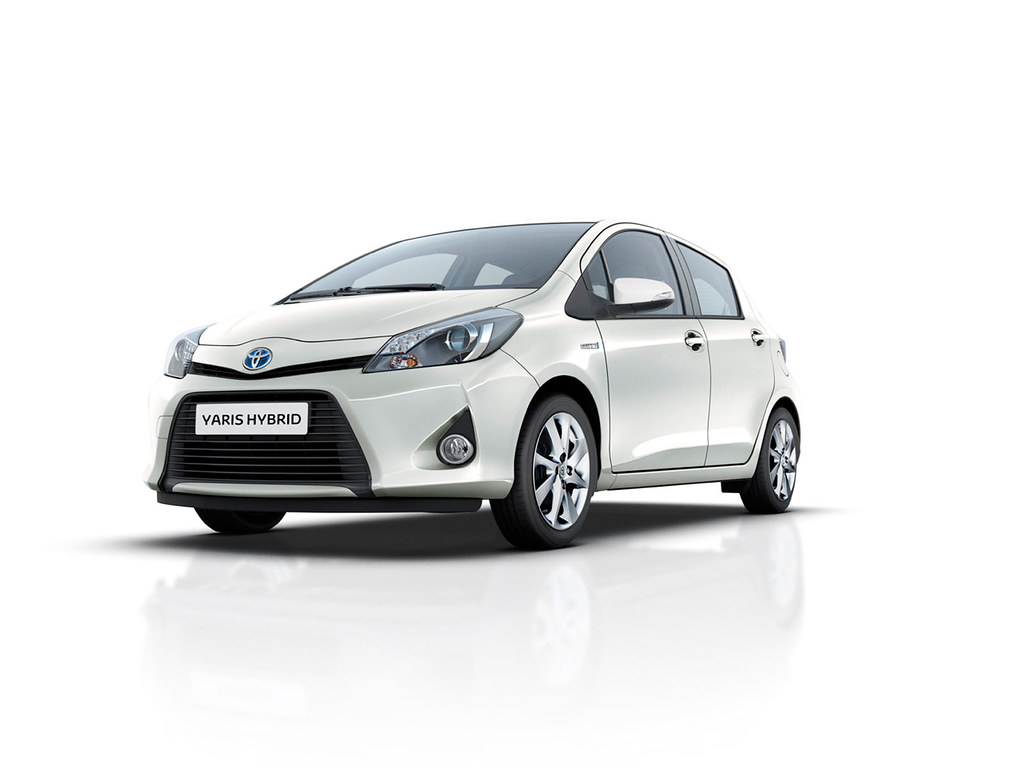
7. **How Will You Access Service and Maintenance Support?**It’s tempting to assume a hybrid car, with its familiar gasoline engine, can be serviced anywhere. However, this isn’t always true, especially in smaller communities. Many local shops may lack the specialized knowledge or equipment for hybrid vehicles, let alone newer models like a Prius Prime, due to their dual-engine systems and complex onboard technology. This means you might need to consider how far you’ll travel or how long you’ll wait for appropriate service.
Even in urban areas, for nuanced diagnostics and repairs, you may often need to return to a branded dealership. While routine maintenance like oil changes might be handled locally, hybrid-specific systems often require manufacturer-certified expertise. If you’re buying a new vehicle, researching service access upfront is crucial for smooth ownership and warranty compliance.
Routine hybrid servicing costs are generally comparable to petrol-engined vehicles, but it’s vital to check specific make and model schedules. For example, a Hyundai Tucson Hybrid’s annual servicing averaged $398 over five years, slightly more than the petrol version’s $368. This minor difference highlights the need for careful review of capped-price service agreements and cost breakdowns to avoid surprises.
While hybrids may reduce wear on some components like the combustion engine and brakes, their mechanical complexity can increase costs for specialized servicing intervals or major repairs involving advanced systems. Understanding these potential expenses is a key part of a comprehensive financial assessment before purchase.
Car Model Information: 2018 Toyota Prius Four
Name: Toyota Prius
Caption: Fifth generation Prius (XW60)
Manufacturer: Toyota
Production: December 1997 – present
ModelYears: 2001–present (US)
Class: ubl
BodyStyle: unbulleted list
Layout: unbulleted list
Sp: uk
Categories: 2000s cars, 2010s cars, 2020s cars, All-wheel-drive vehicles, All Wikipedia articles in need of updating
Summary: The Toyota Prius ( PREE-əss) (Japanese: トヨタ・プリウス, Hepburn: Toyota Puriusu) is a car produced by Toyota since 1997 over five generations. The Prius has a hybrid drivetrain, which combines an internal combustion engine and an electric motor. Initially offered as a subcompact four-door saloon, it has been produced only as a compact five-door liftback since 2003.
The Prius was developed by Toyota to be the “car for the 21st century”; it was the first mass-produced hybrid vehicle, first going on sale in Japan in 1997 at all four Toyota Japan dealership chains, and subsequently introduced worldwide in 2000.
In 2011, Toyota expanded the Prius family to include the Prius v, an MPV, and the Prius c, a subcompact hatchback. The production version of the Prius plug-in hybrid was released in 2012. The second generation of the plug-in variant, the Prius Prime, was released in the U.S. in November 2016. The Prius family totaled global cumulative sales of 6.1 million units in January 2017, representing 61% of the 10 million hybrids sold worldwide by Toyota since 1997. Toyota sells the Prius in over 90 markets, with Japan and the United States being its largest markets.
Get more information about: Toyota Prius
Buying a high-performing used car >>>
Brand: Toyota Model: Prius
Price: $18,999 Mileage: 84,118 mi.
Read more about: The Hidden Engineering of Your Future: Unpacking the Power and Precision of a Last Will and Testament
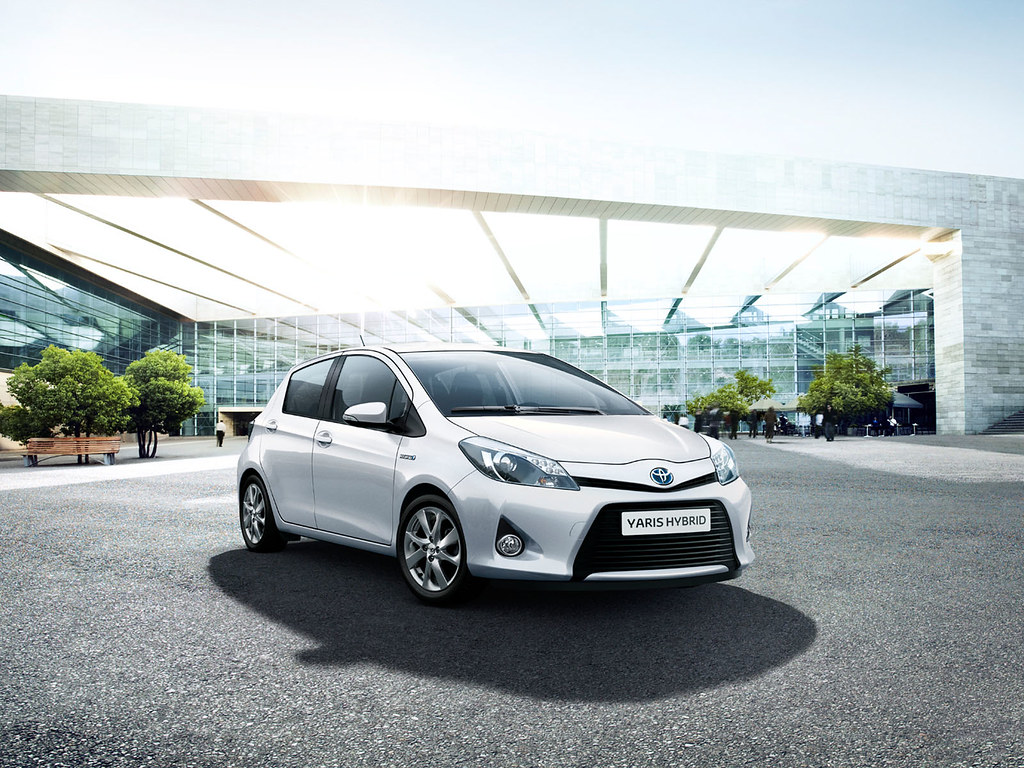
8. **How Do You Prioritize Fueling Time vs. Charging Time?**One significant appeal of a traditional hybrid is its quick refueling process, mirroring conventional gasoline cars. You can often travel over 400 miles on a single tank, with refueling taking mere minutes. This is a stark contrast to electric vehicle charging, which is significantly slower and unlikely to match gas station speeds anytime soon, making rapid turnaround a major convenience factor for many drivers.
Plug-in hybrids (PHEVs) and range-extended electric vehicles (REEVs) offer the added flexibility of electric-only driving, alongside gasoline power. This versatility, however, introduces a trade-off: regularly charging to maximize electric range and fuel savings, or primarily relying on gasoline. Deciding if the higher upfront cost and the commitment to charging are worthwhile depends entirely on your individual priorities and driving habits.
Pure EV owners often face lengthy waits, sometimes “an hour or more” in parking lots, to charge their vehicles sufficiently for a journey. PHEVs eliminate this range anxiety entirely, offering the immediate option to switch to gas. Yet, this convenience can be a double-edged sword; if you consistently neglect to charge, you won’t reap the full benefits of the electric range, potentially spending more on gasoline than necessary.
If maximizing electric range isn’t a top priority or consistent charging is inconvenient, a traditional hybrid might be a more practical choice. They often have lower upfront costs and potentially fewer complex repairs than PHEVs. However, when utilized optimally, PHEVs and EVs can prove cheaper in the long run due to fuel savings and reduced emissions, making your preference for fueling versus charging time a critical consideration.
Read more about: Hybrid vs. Electric Cars: The Definitive Guide to Which One Truly Saves You Money (Shocking Truth)
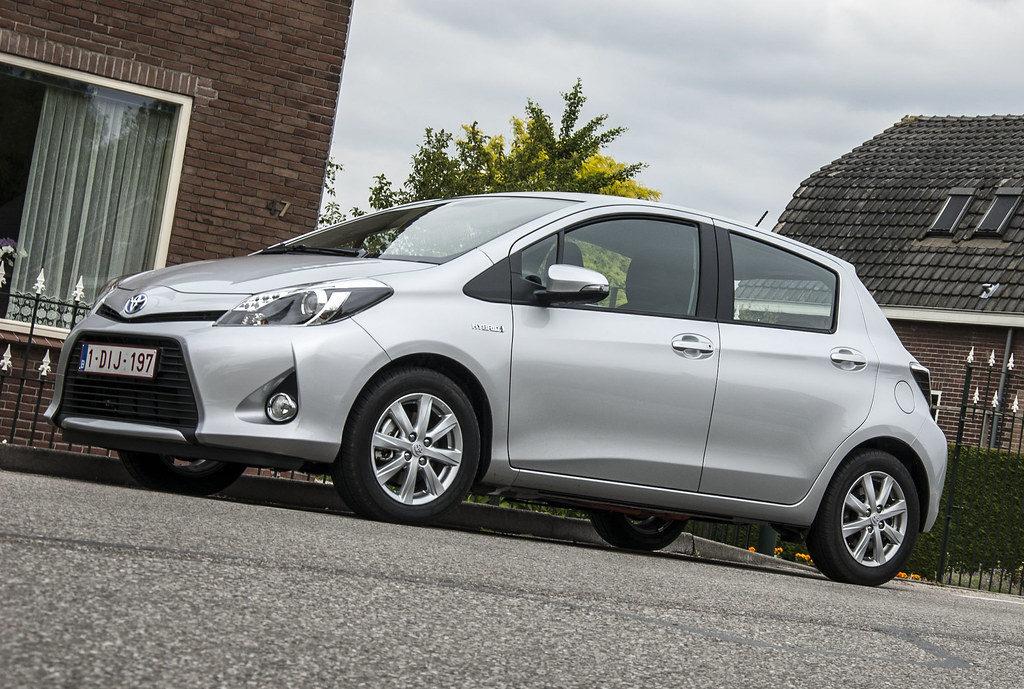
9. **What Are the Specific Emissions of Your Chosen Hybrid Model?**Understanding a vehicle’s specific emissions is crucial for anyone aiming to reduce their carbon footprint. For hybrids, this often involves a direct comparison with their conventional gasoline-powered counterparts, allowing for a clear assessment of their environmental advantages. This “apples-to-apples comparison” provides tangible data for eco-conscious buyers.
Take the 2024 Honda Accord versus its Hybrid model: the gasoline Accord produces “4.6 tons of greenhouse gas emissions per year,” which is “over 1.5 times the amount that the hybrid is estimated to produce.” The hybrid also typically generates “slightly less tailpipe CO2.” While EPA Smog Ratings might sometimes appear similar (e.g., both scoring “7 out of 10”), the hybrid’s overall greenhouse gas reduction is significant.
Generally, hybrids outperform gasoline-only equivalents in terms of most emissions. Their ability to blend electric and efficient gasoline power leads to a cleaner operational profile. Therefore, conducting a direct comparison of emissions data for models you’re considering is highly beneficial. This research should be integrated with your assessment of costs and upkeep to understand the vehicle’s total environmental and financial impact.
The fundamental benefit of hybrid design lies in its reduced fuel consumption, directly translating to “fewer tailpipe emissions, too.” This contributes to cleaner air and a smaller carbon footprint. Moreover, government policies, such as the UK allowing full hybrids until 2035, affirm their role as a more environmentally friendly option compared to pure internal combustion engine vehicles, making them a valuable choice for sustainable driving.
Read more about: Resurrection of a Legend? An In-Depth Look at the 2025 Chrysler 300’s Potential Comeback and What It Means for American Luxury Sedans
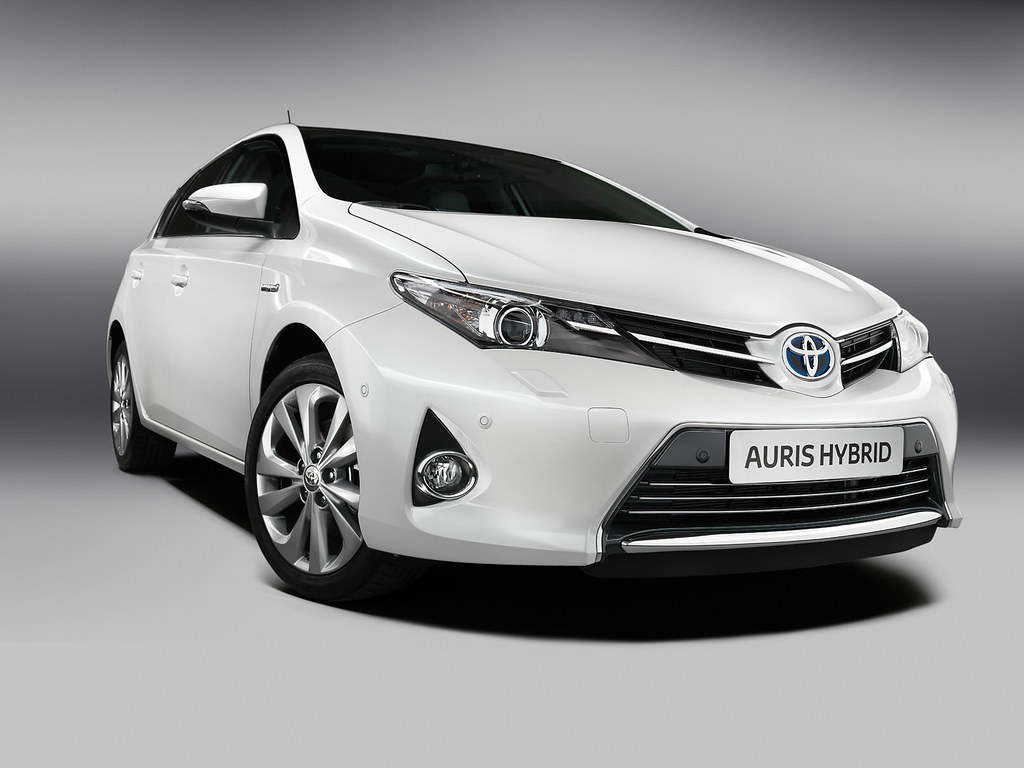
10. **Are the Specific Features You Desire Available in a Hybrid?**Modern vehicles, regardless of their powertrain, now widely offer advanced technology like Bluetooth-compatible stereos, touchscreen panels, and backup cameras as standard. For many buyers, these common conveniences won’t differentiate between hybrid, variant, or gas-powered options, as they are broadly integrated across the automotive market.
However, if your wish list includes “a few select features” that are less common, hybrids might present limitations. For example, while “new hybrids with AWD are available,” their selection is considerably “shorter” than the total number of hybrids. If robust “four-wheel drive” is a must-have, your options narrow significantly, requiring a more targeted search.
The industry is constantly innovating, with “big-name brands coming out with new hybrid vehicles all the time,” expanding available options annually. For four-wheel drive enthusiasts, hybrid pickup trucks are emerging. Toyota offers Tacoma and Tundra hybrids with strong MPG, and Ford’s F-150 now has a hybrid iteration, alongside its F-150 Lightning EV with a 320-mile range, providing powerful choices.
If a specific capability like advanced towing or robust four-wheel drive is non-negotiable, meticulous research into hybrid models offering these features is paramount. Current availability might limit choices, so aligning your desired features with existing hybrid offerings is crucial. This detailed feature-matching ensures your new hybrid seamlessly meets your lifestyle and driving demands, avoiding disappointment.

11. **Are You Familiar with the Onboard Options and User Experience?**Test driving multiple hybrids offers a crucial opportunity to “get a feel for how regenerative braking works” and explore distinct features. For instance, Toyota hybrids often include “EV and Eco modes,” which notably “change how the vehicle drives,” influencing everything from throttle response to energy management. Understanding these modes beforehand maximizes your test drive’s value and informs your purchase decision.
The “Eco mode,” designed for optimal fuel efficiency, illustrates a key difference in driving dynamics. In this setting, “stomping on the gas pedal won’t get an immediate response”; instead, it prioritizes “slow acceleration” to help the car “sip on, rather than guzzle, gasoline.” While maximizing mileage, this deliberate response might feel unfamiliar to drivers used to instant power, requiring adjustment during the test drive.
Some hybrid features, despite appearing innovative, can become “more of a pain than they are useful” in daily use. A common frustration might be a “hit or miss” wireless phone charger, as seen in some Prius Prime models, failing to consistently power devices. Evaluating the reliability of such convenience features during a test drive is important for long-term satisfaction.
Many “preset features,” particularly advanced driver-assistance systems, while safety-oriented, can feel “frustrating during daily use.” For example, Toyota Safety Sense’s automatic deceleration when the vehicle ahead slows down can be jarring if the car “slams on the brakes when the vehicle ahead is simultaneously slowing down and exiting the roadway.” These systems require adaptation.
If it’s been a while since your last new car purchase, the advanced technology in a hybrid can initially seem “intimidating.” To fully embrace your new hybrid, thoroughly reading the user manual is highly recommended. A deep understanding of its modes, capabilities, and safety features ensures a smoother, safer, and more intuitive transition, allowing you to maximize all the benefits your new car offers.
Read more about: The Unvarnished Truth: Disappointing Realities Behind Your Dream Cruise Ship Vacation
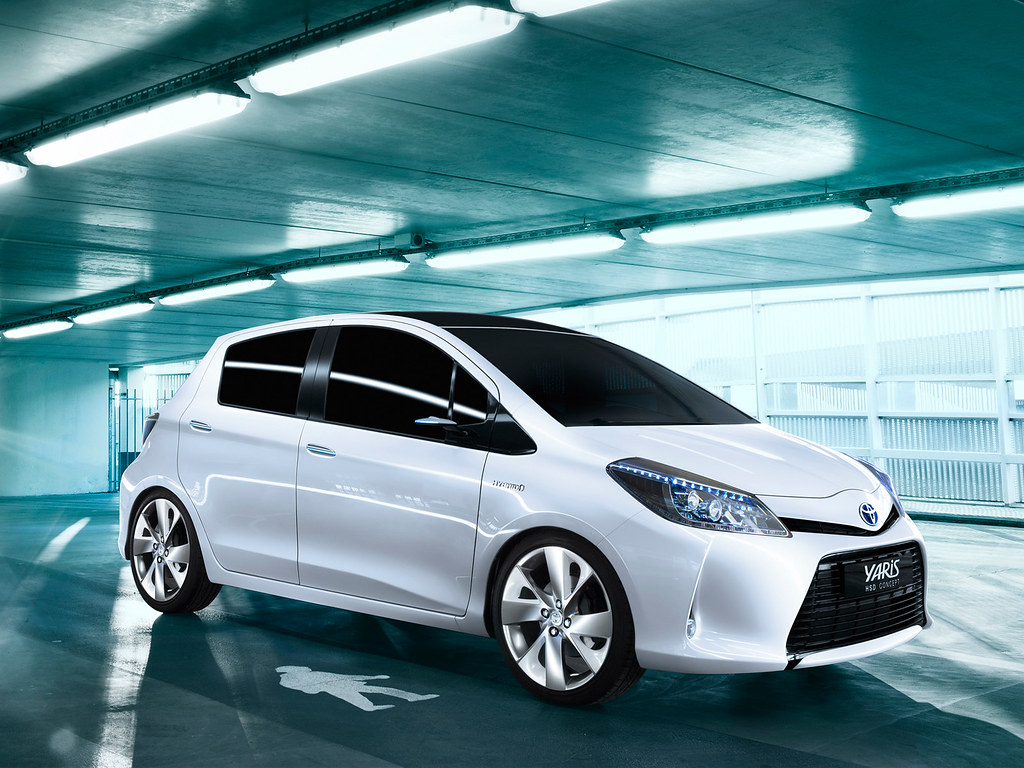
12. **What is the Availability of Your Desired Hybrid Model?**The availability of your preferred hybrid can be a significant purchasing hurdle, influenced by location and manufacturing origin. Highly anticipated or specialized models often require “special-ordering,” and new releases frequently “sell out right away” due to demand. This can lead to unexpected delays and frustrating waiting periods, especially if you need a vehicle promptly.
If you desire “a specific color or feature package,” the wait for a brand-new car “could be longer,” as customization extends factory lead times. Even for used vehicles, “used hybrids can be hard to find if the models have been discontinued or are otherwise in high demand,” emphasizing the need for early inventory checks in your decision-making process.
While the hybrid market is growing, some segments still have limited options, like “not many hybrid pickups.” However, notable exceptions exist. Toyota offers Tacoma and Tundra hybrids with strong MPG, and Ford’s F-150 includes a hybrid version. Regional availability also matters, as models like the Ford Ranger PHEV are “not available in the U.S.,” though more options are expected to emerge.
If “environmental and financial concerns are your top considerations” and immediate access is preferred over the very latest model, then “buying a used hybrid with reasonable gas mileage at an affordable price could be the best combination of options.” The “robust used hybrid market” provides excellent opportunities for reliable, fuel-efficient vehicles without new-model waits or premium pricing, allowing quicker enjoyment of hybrid benefits.
Navigating the hybrid vehicle market demands a thoughtful and methodical approach. By systematically addressing these crucial questions—from understanding service access and balancing fueling preferences, to scrutinizing emissions, confirming feature availability, adapting to new onboard technologies, and assessing model availability—you empower yourself to make an informed decision. The path to hybrid ownership is filled with exciting possibilities, and by conducting thorough research into these practical considerations, you can confidently select a hybrid that not only meets your practical needs but also perfectly aligns with your financial goals and environmental aspirations, ensuring a satisfying and sustainable driving future.

